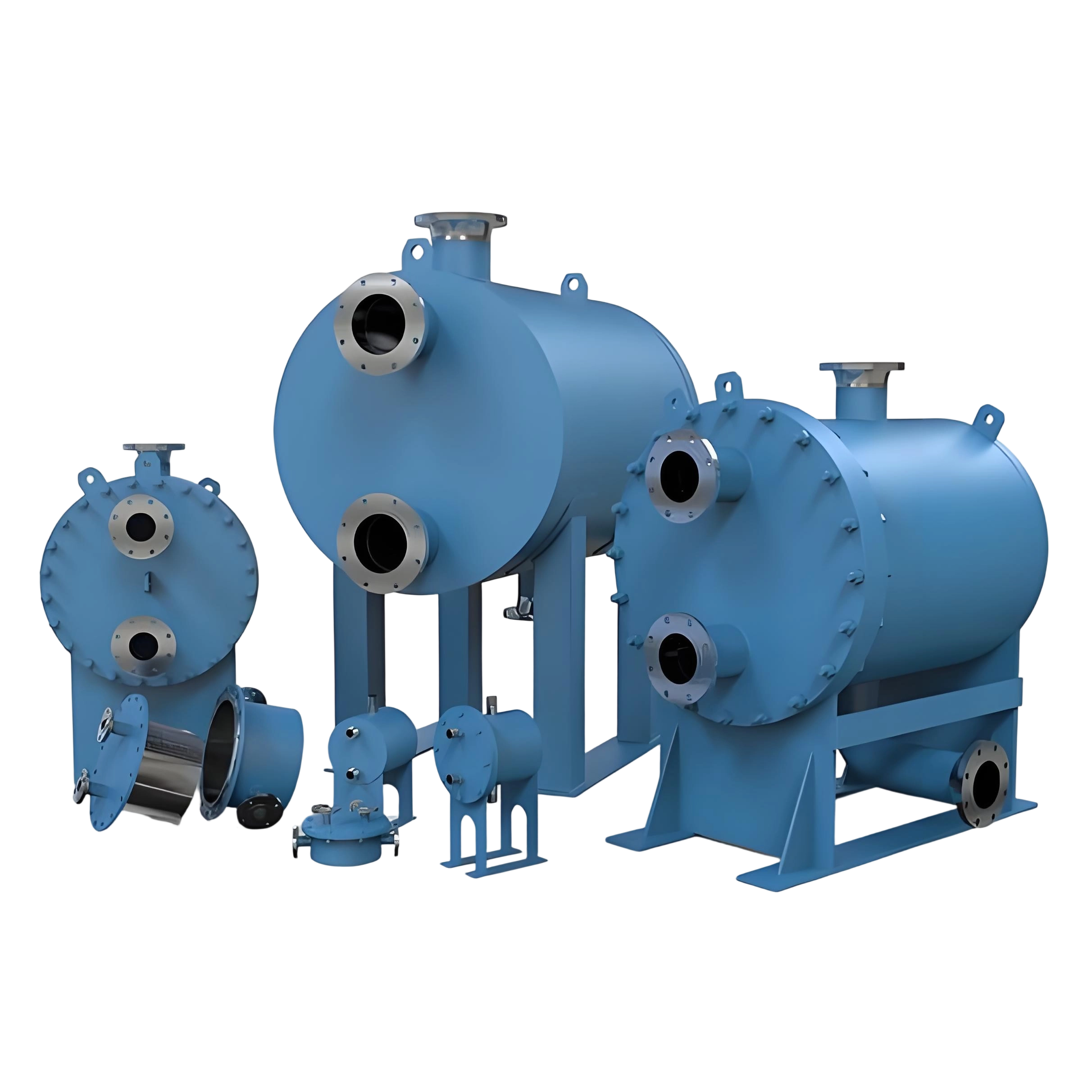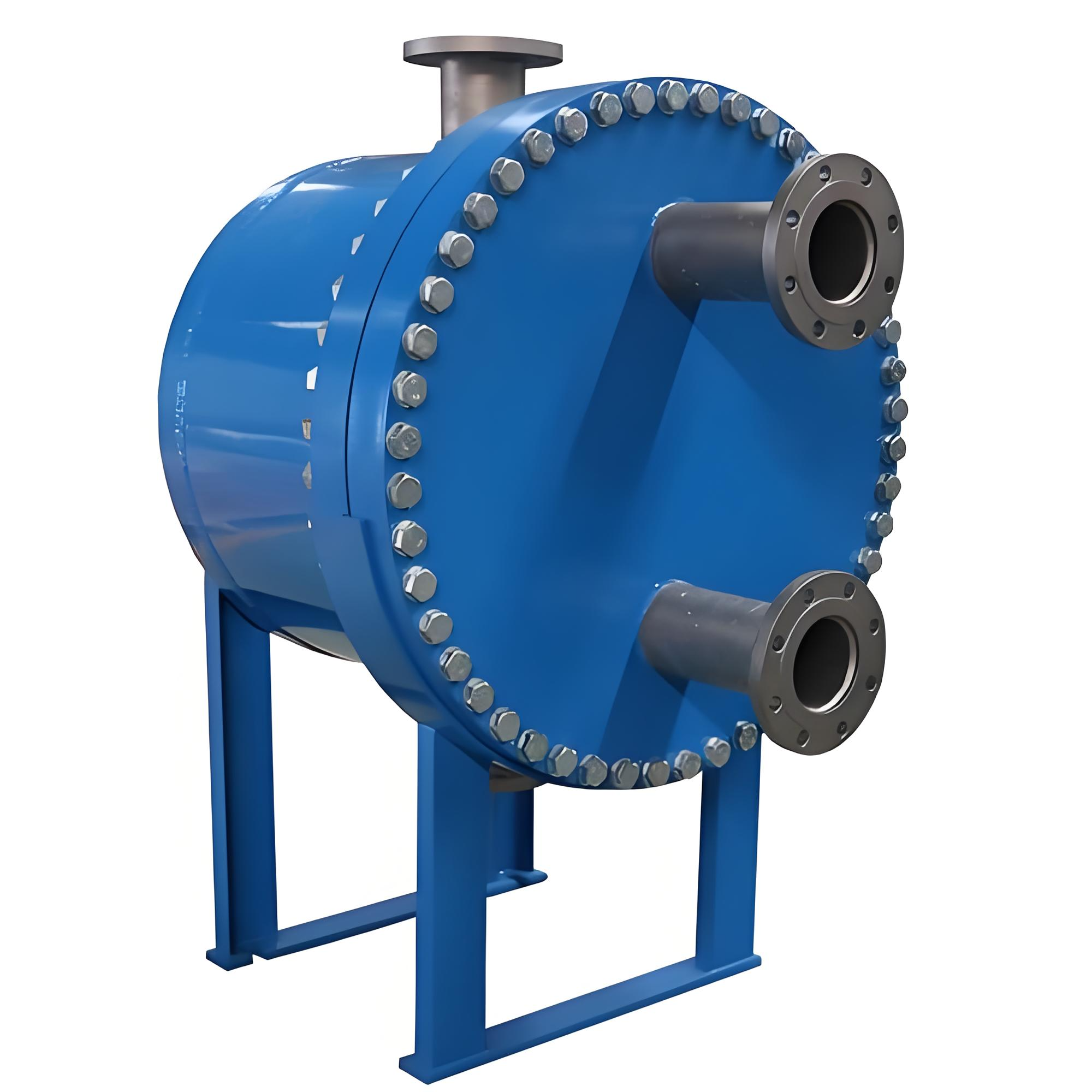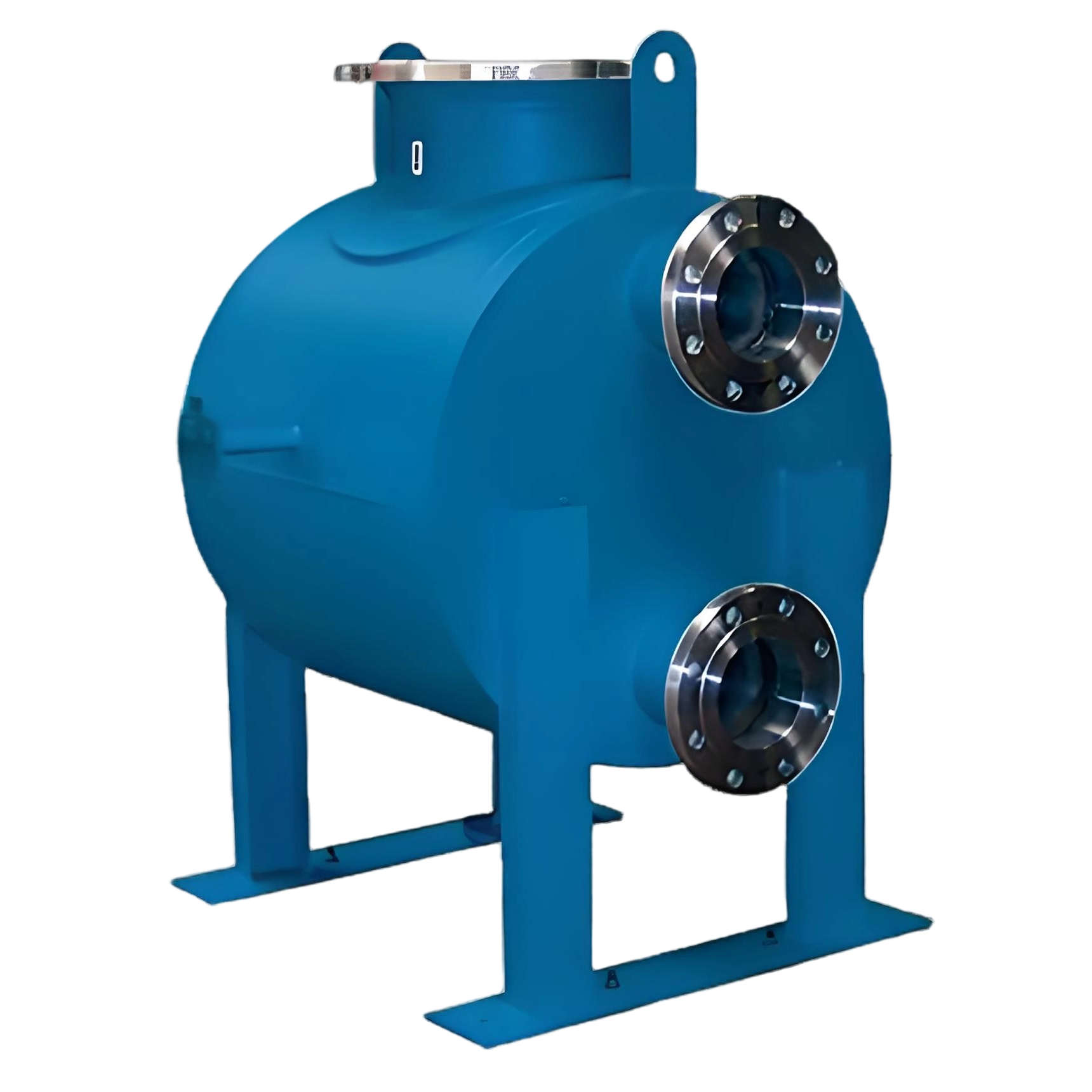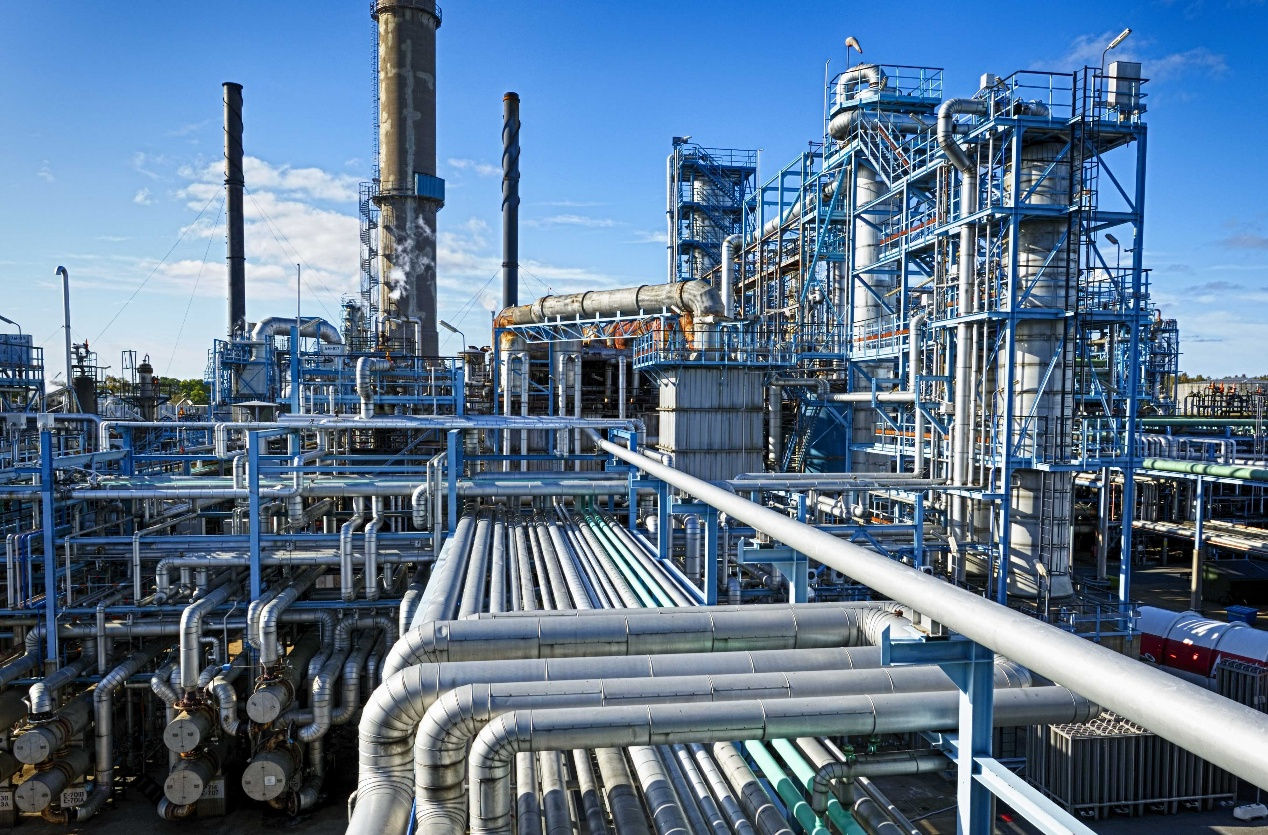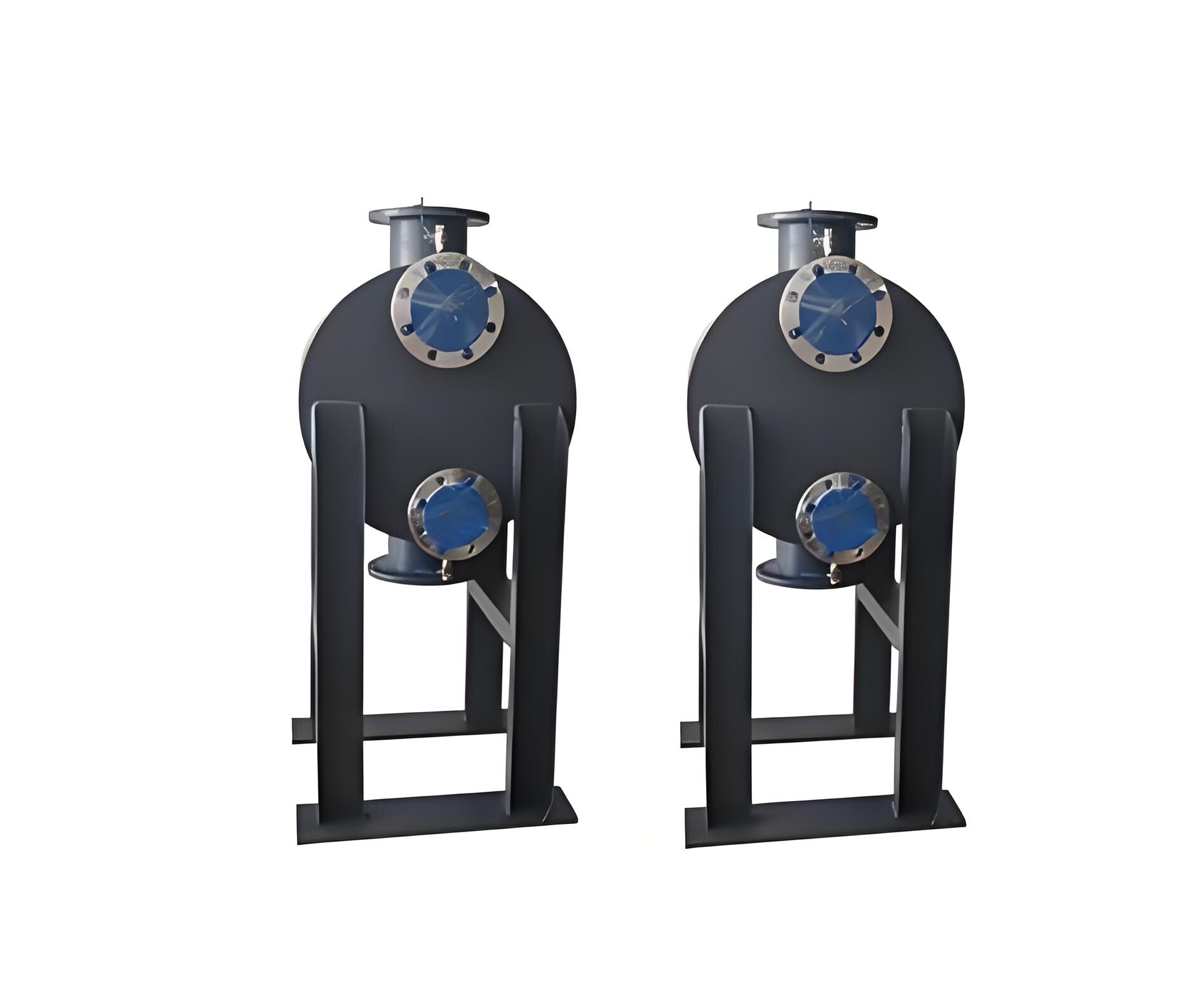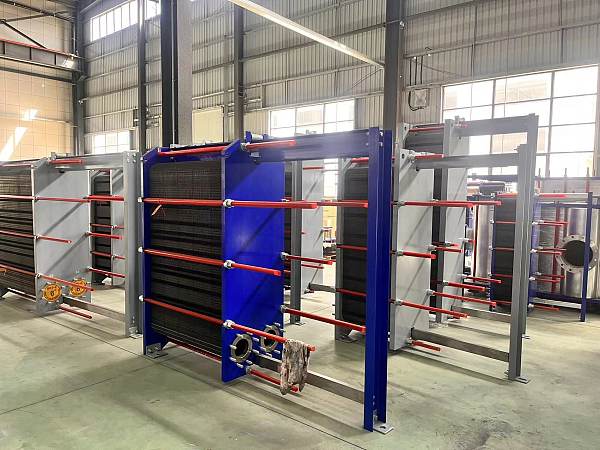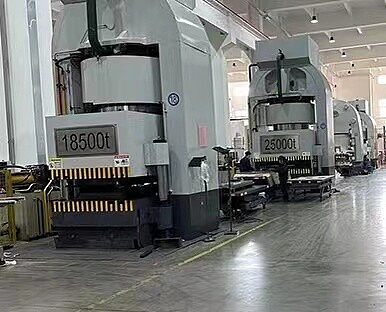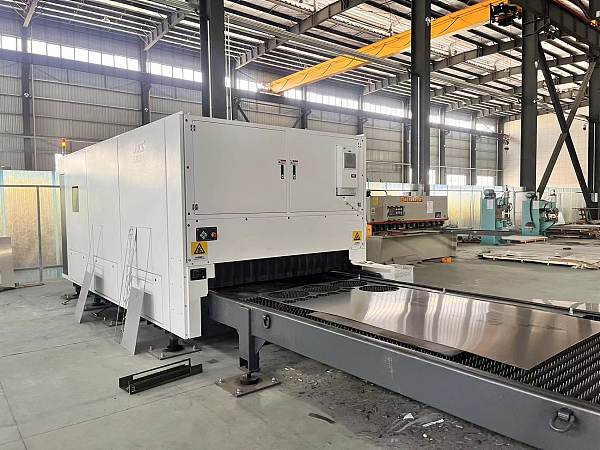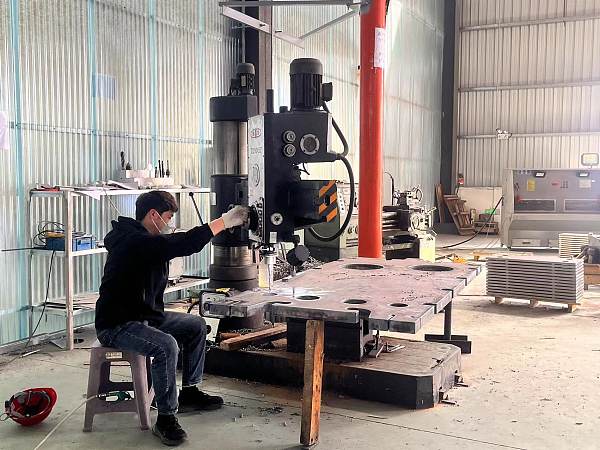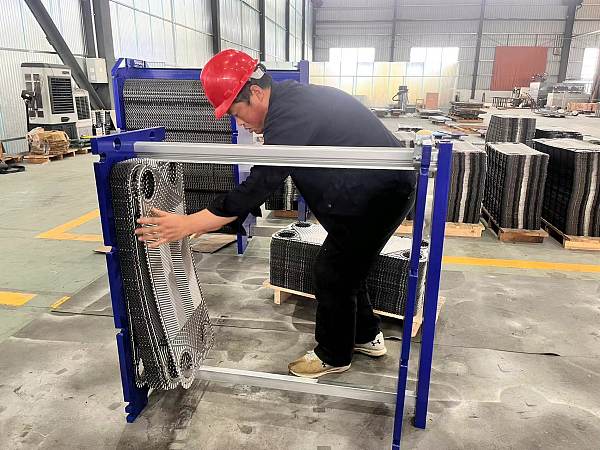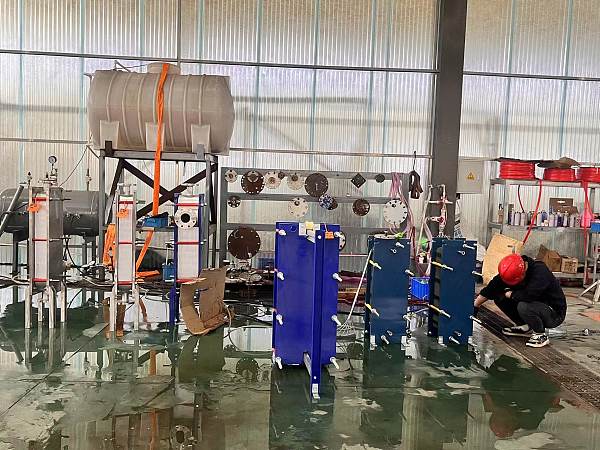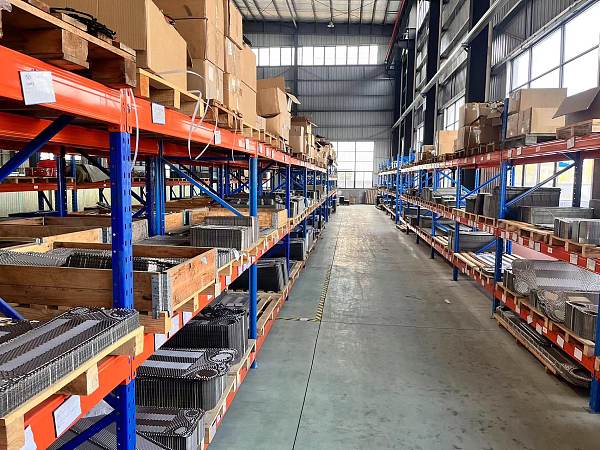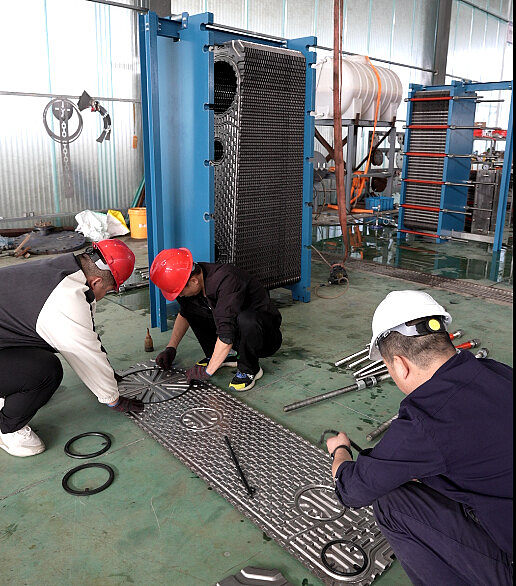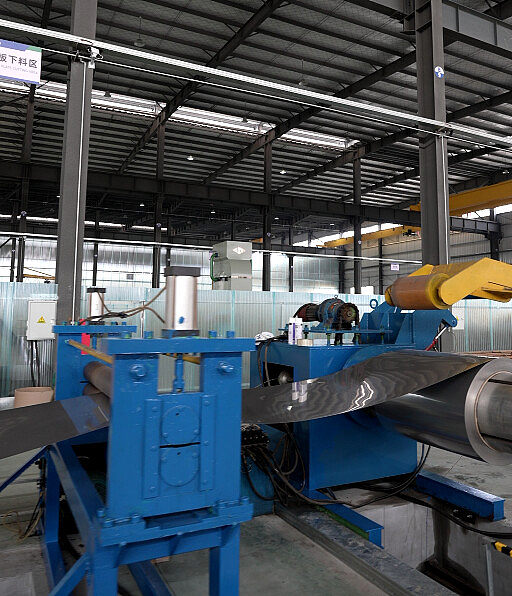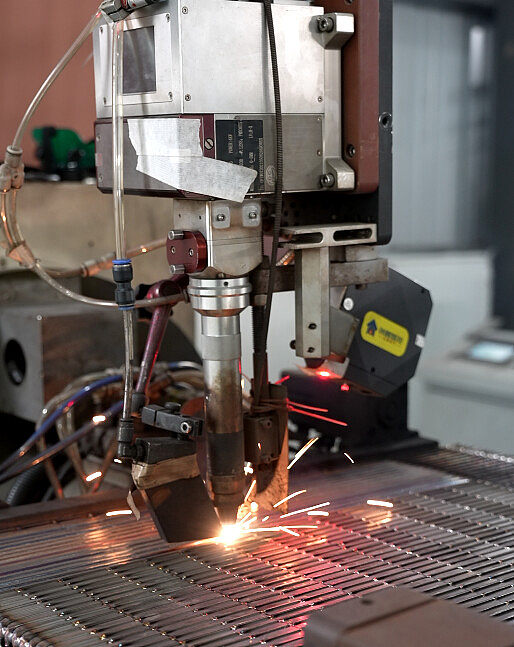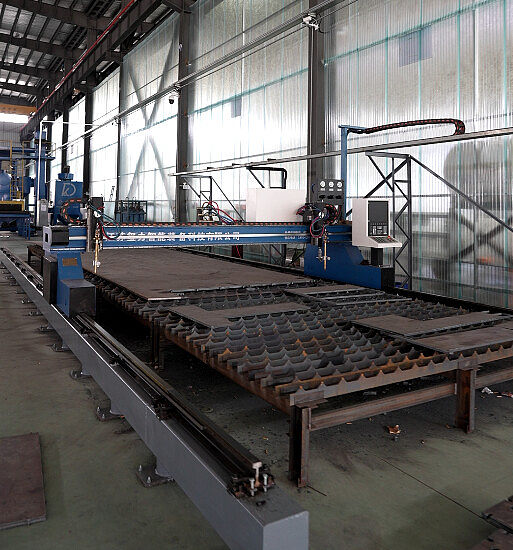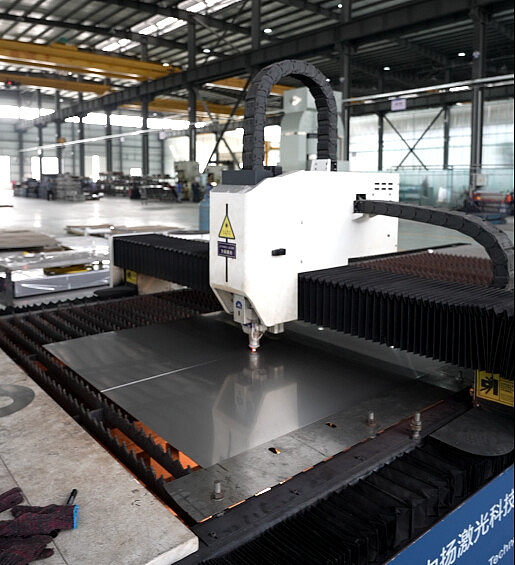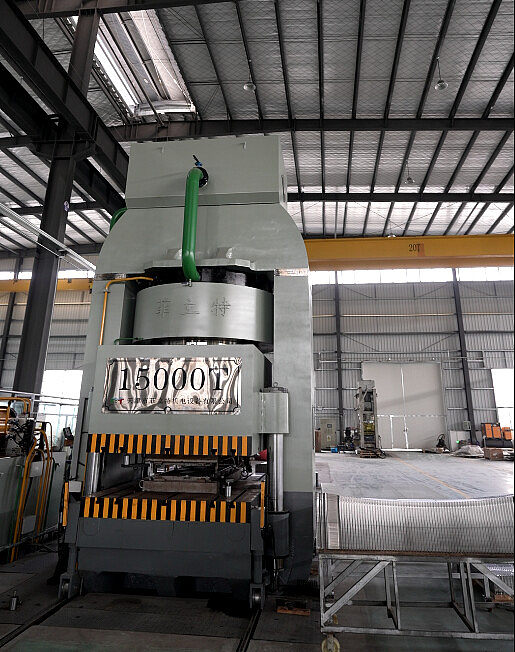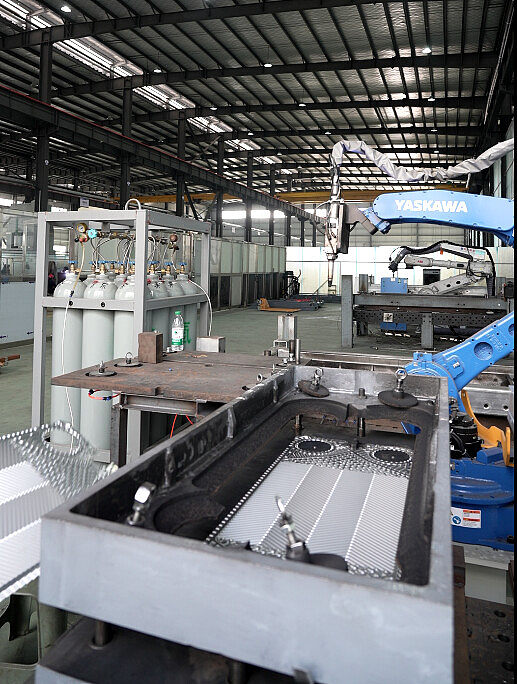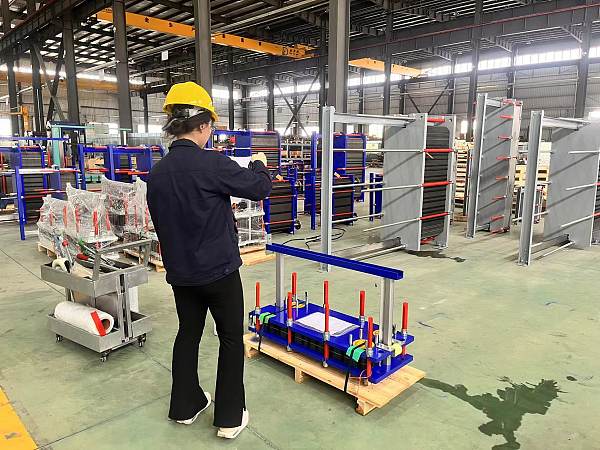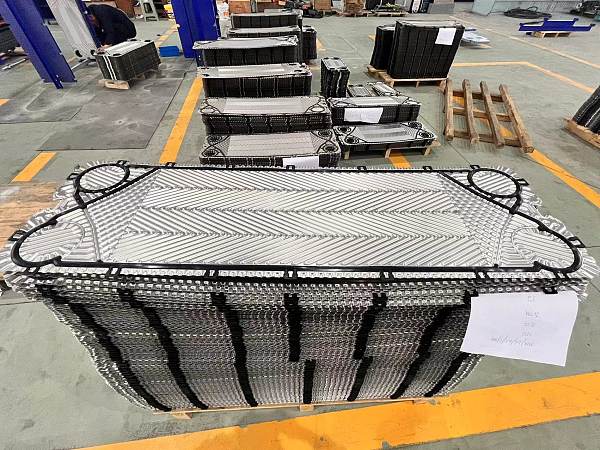Plate-Shell Heat Exchanger (PSHE)
What is a Plate-Shell Heat Exchanger?
A Plate-Shell Heat Exchanger (PSHE) is a high-efficiency heat transfer device that combines the advantages of plate-type and shell-and-tube heat exchangers. Its core consists of a corrugated plate bundle enclosed in a pressure-resistant shell, offering both high heat transfer efficiency and high-pressure tolerance.
Key Features
Typical Structure
Multiple corrugated metal plates welded/bonded into modules.
Cylindrical or rectangular pressure vessel (carbon steel/stainless steel).
Plate-side: Narrow channels for one fluid.
Shell-side: Wider space for the other fluid (counter/cross-flow).
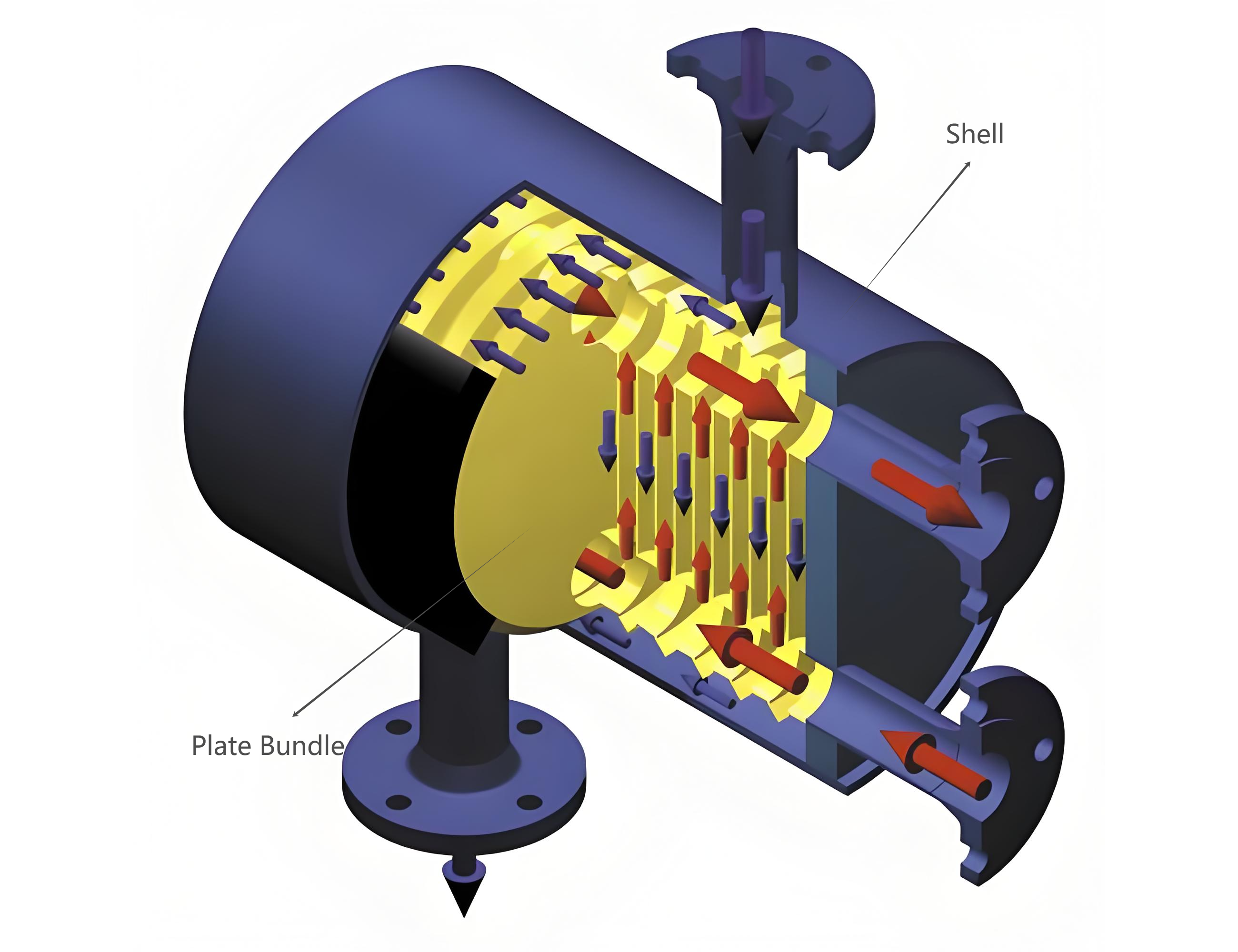
Applications & Process Examples
Hydrocracking, catalytic reforming
Hot reactor effluent (400°C, 15 MPa) exchanges heat with feed oil in PSHE.
Hydrogen is preheated before entering the reactor.
Handles high pressure & thermal stress better than shell-and-tube exchangers.
LNG plants, import terminals
Liquefaction: PSHE cools natural gas in stages (propane → ethylene → methane, down to -160°C).
Regasification: Seawater vaporizes LNG in terminals.
Aluminum plates resist cryogenic brittleness; compact design saves space.
Gas turbine waste heat recovery
Turbine exhaust (550°C) preheats boiler feedwater via PSHE.
Compact, resistant to thermal fatigue from frequent cycling.
LNG carriers
Boil-off gas (BOG, -162°C) cools engine jacket water while being vaporized as fuel.
Vibration-resistant welded construction.
Dairy UHT sterilization
Milk is heated to 135°C (sterilization), then cooled via regenerative heat exchange.
Sanitary design (electropolished surfaces, Ra <0.8 μm) meets FDA/3-A standards.
Material Selection Guidelines & Examples
Key Selection Factors
Corrosiveness (e.g., H₂S, chlorides, acids).
Temperature/Pressure (high-temp creep resistance, low-temp toughness).
Hygiene Requirements (food-grade polishing, sterile design).
Typical Material Applications
Comparison with Traditional Exchangers
Future Trends
Nickel alloys (e.g., Inconel 625) for extreme corrosion.
Quick maintenance, reduced downtime.
IoT sensors for real-time fouling/performance tracking.
Conclusion
PSHEs excel in energy, petrochemicals, and marine applications due to their efficiency, pressure resilience, and compactness. Material selection depends on fluid properties, temperature, pressure, and cost, e.g.:
Their adaptability will drive adoption in hydrogen energy, carbon capture (CCUS), and nuclear cooling.
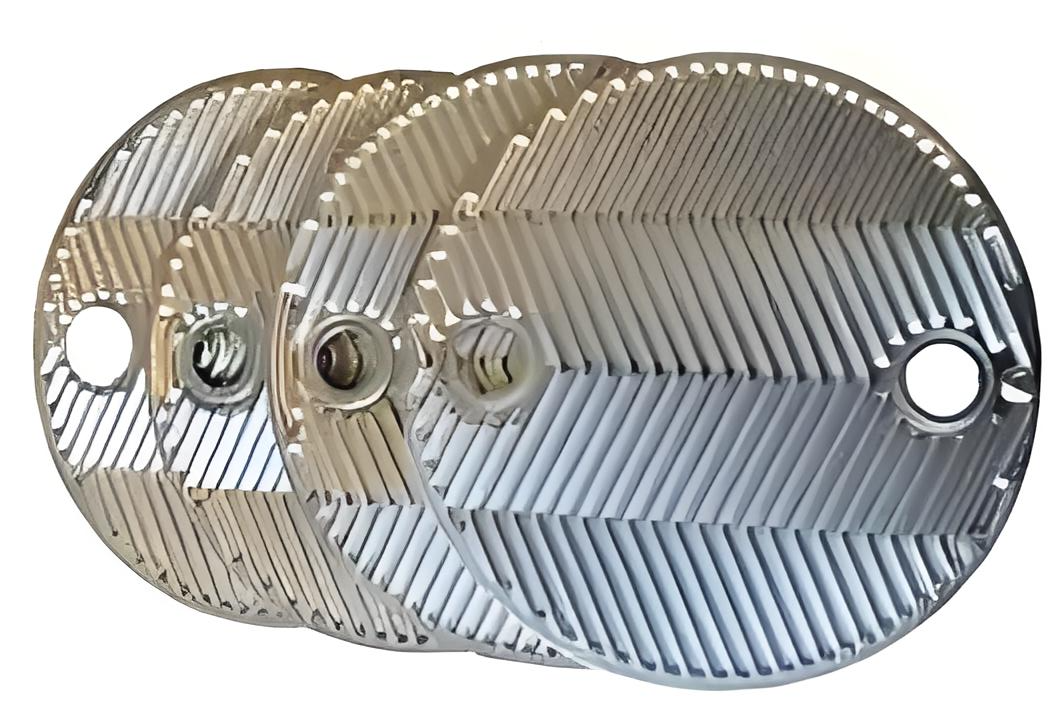
Frequently Asked Questions
Answer: We are a factory manufacturing plate heat exchangers in Jiangsu, China. More than 15 years ofproduction experience.
Answer: Sure, Welcome coming to visit our factory! We are located in No.198 Zhongshan Road, Qiaoqi, Xuxiake Town, Jiangyin City, Jiangsu, china.
Answer: It depends on which product you purchased, factory workload, outsourcing period of specialmaterial etc.Our fastest delivery time for Gasketted plate heat exchanger is ex-works 2~3 weeksafter replacement oforder.
Answer: We guarantee our product quality in the process of manufacturing, such as:
Raw material check,e.g.PMl, traceability.
Manufacturing process inspection.
Plate pressing inspection.eq.PT RT.
Welding inspection,eg.WPS,PQR,NDE,dimension.
Assembly inspection.
Final assembly dimensionalinspection.
Final hydraulic test.
Contact us
Whether you have questions about our products, need a quote, or want to discuss a custom order, our team is ready to assist you.
Get Free Quotes
Please enter what you would like to know and we will contact you within 24 hours.
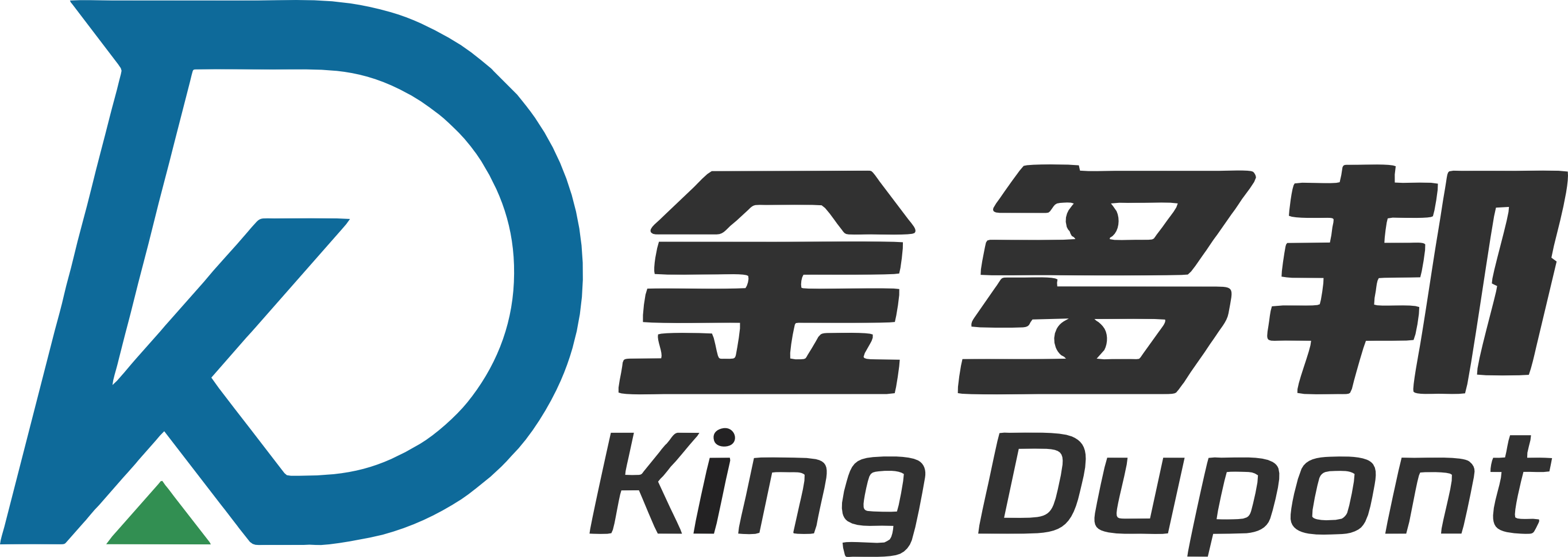
King DuPont, China famous brand of heat transfer and fluid handling supply platform.
Contact

Get Free Quotes
NEED TO CHAT?
We will get back to you within 24 hours of receiving the message.


